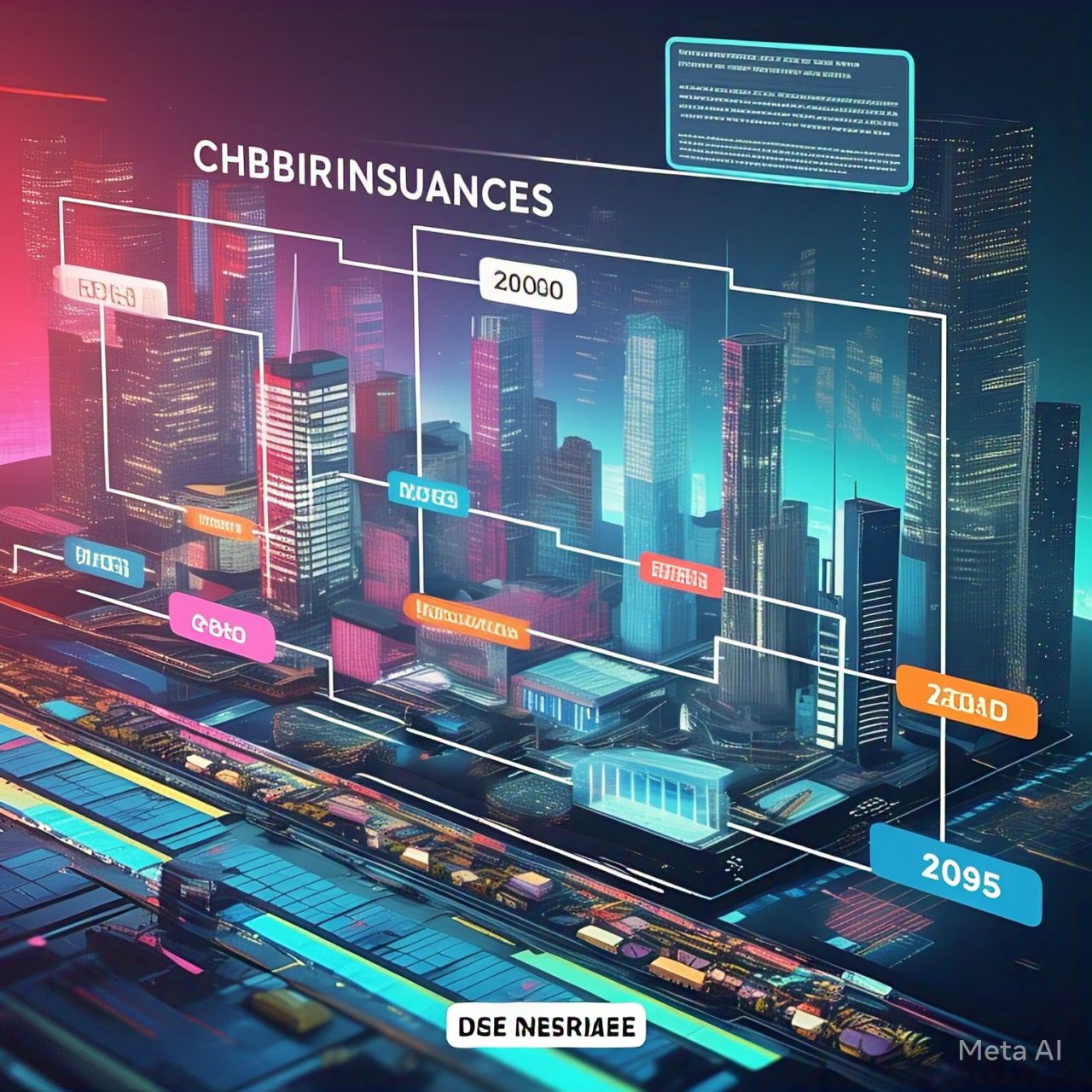The insurance industry has always been driven by data, but recent advancements in artificial intelligence (AI) and big data analytics are transforming how companies assess risk, set premiums, and manage claims. Predictive analytics, powered by AI, is allowing insurers to make more accurate predictions, streamline operations, and improve customer experience. As technology continues to evolve, the integration of AI and big data is becoming essential for insurance companies seeking to stay competitive in a rapidly changing market.
The Role of Big Data in Insurance
Big data refers to vast and complex datasets that traditional processing methods cannot handle efficiently. In the insurance industry, big data comes from a variety of sources, including:
- Telematics and IoT Devices: Car insurance companies use telematics to monitor driving habits and adjust premiums based on real-time data.
- Social Media and Online Activity: Insurers analyze social media activity to detect fraudulent claims or assess risk levels.
- Health Records and Wearables: Life and health insurers use fitness trackers and electronic health records to determine policyholder health risks.
- Weather and Geospatial Data: Property insurance companies use satellite imagery and weather patterns to predict risks related to natural disasters.
- Financial and Credit Data: Credit scores and spending habits help insurers gauge financial responsibility and the likelihood of policy lapses.
With AI-driven analytics, insurers can process and analyze these vast datasets quickly, enabling more informed decision-making.
Predictive Analytics and Risk Assessment
Predictive analytics uses AI algorithms and machine learning to identify patterns and forecast future risks. Here’s how predictive analytics is transforming risk assessment in the insurance sector:
1. Personalized Premiums
Traditional insurance models rely on broad categories to determine premiums. AI-driven predictive analytics enables insurers to assess individual risk more accurately. For instance, auto insurers can analyze real-time driving data rather than relying on general demographics like age and location. This approach allows for fairer, usage-based insurance (UBI), where safe drivers pay lower premiums while high-risk drivers pay more.
2. Fraud Detection and Prevention
Insurance fraud costs the industry billions annually. AI and big data analytics can detect unusual patterns and flag potentially fraudulent claims. For example:
- AI can analyze social media activity and inconsistencies in reported claims.
- Machine learning models can identify anomalies in historical claim data.
- Natural language processing (NLP) can detect suspicious language patterns in claim reports. By automating fraud detection, insurers can reduce losses and improve the efficiency of claim processing.
3. Health and Life Insurance Underwriting
AI-powered predictive models can assess an applicant’s health risk based on real-time data from wearables, genetic information, and lifestyle factors. This not only speeds up the underwriting process but also allows insurers to offer customized policies. For example, a health insurer may provide lower premiums to a policyholder who maintains a healthy lifestyle, as evidenced by their smartwatch data.
4. Claims Processing and Automation
Big data and AI streamline claims processing by automating routine tasks. AI-powered chatbots and virtual assistants can handle customer inquiries, file claims, and provide real-time updates. Computer vision technology can assess damage from accident photos and process claims faster, reducing the need for manual assessment.
5. Catastrophe Modeling and Disaster Risk Management
Predictive analytics helps insurers anticipate natural disasters and their financial impact. By analyzing historical weather patterns, satellite imagery, and climate data, insurers can better prepare for catastrophic events like hurricanes, wildfires, and floods. This allows them to allocate resources efficiently and price policies more accurately.
Challenges in Implementing AI and Big Data in Insurance
While AI and big data offer numerous benefits, their adoption comes with challenges:
1. Data Privacy and Security
Handling vast amounts of sensitive personal and financial data raises privacy concerns. Insurers must comply with regulations like the General Data Protection Regulation (GDPR) and implement robust cybersecurity measures to protect customer information.
2. Ethical Concerns and Bias in AI
AI models are only as good as the data they are trained on. If the training data contains biases, AI can perpetuate discriminatory practices. For instance, certain demographic groups may receive higher insurance premiums due to historical biases in data. Insurers must ensure transparency and fairness in AI-driven decision-making.
3. Integration with Legacy Systems
Many insurance companies rely on outdated legacy systems that are not compatible with modern AI and big data solutions. Transitioning to AI-driven models requires significant investment and infrastructure upgrades.
4. Regulatory Compliance
Insurance is a heavily regulated industry, and the use of AI and big data must comply with legal and ethical standards. Insurers must navigate complex regulatory environments to ensure their AI models meet industry standards and consumer protection laws.
The Future of AI and Big Data in Insurance
The future of insurance will be increasingly driven by AI and big data innovations. Here are some key trends to watch:
- Blockchain for Data Security: Insurers will use blockchain technology to enhance data security and prevent fraud.
- AI-Driven Customer Experience: Virtual assistants and AI-powered advisors will offer personalized insurance recommendations and claims support.
- Automated Claims Processing: AI will further automate claims processing, reducing turnaround times and improving customer satisfaction.
- Advanced Risk Modeling: AI will continue to refine risk models, incorporating real-time data to provide even more accurate assessments.
- Expansion of IoT-Based Policies: The rise of IoT devices will enable insurers to offer dynamic policies that adjust in real-time based on user behavior.
Conclusion
AI and big data are revolutionizing the insurance industry by enhancing risk assessment, streamlining operations, and improving customer experience. Predictive analytics enables insurers to make data-driven decisions, leading to fairer premiums, better fraud detection, and more efficient claims processing. However, challenges such as data privacy, AI bias, and regulatory compliance must be addressed to fully realize the benefits of these technologies. As AI and big data continue to evolve, insurance companies that embrace innovation will gain a competitive edge in the market.
By leveraging AI and big data, the insurance industry is moving towards a future where policies are more personalized, fraud is minimized, and claims processing is seamless. The companies that invest in these technologies today will be better positioned to meet the demands of tomorrow’s insurance landscape.















